YOUR WILDLIFE GARDEN
MONTH-BY-MONTH

Jackie Bennett


INTRODUCTION
 In the context of garden history as a whole, wildlife gardening is a relative newcomer. Like many new ideas, it has taken some time to become accepted by the gardening establishment and for its practitioners not to be considered as dangerous alternatives. My first brush with the idea of inviting wildlife into the garden (rather than trying to keep it out) was in the early 1980s, when I was helping to plan the opening of a new theatre complex in the city of Stoke-on-Trent. The theatre grounds were being converted into an urban nature reserve with ponds, meadows and woodland, providing a much-needed resource for local schoolchildren and theatregoers.
In the context of garden history as a whole, wildlife gardening is a relative newcomer. Like many new ideas, it has taken some time to become accepted by the gardening establishment and for its practitioners not to be considered as dangerous alternatives. My first brush with the idea of inviting wildlife into the garden (rather than trying to keep it out) was in the early 1980s, when I was helping to plan the opening of a new theatre complex in the city of Stoke-on-Trent. The theatre grounds were being converted into an urban nature reserve with ponds, meadows and woodland, providing a much-needed resource for local schoolchildren and theatregoers.
Designed by landscape consultant Chris Baines, it was an incredibly brave and innovative concept at the time and one which must have risked considerable professional ridicule. The essence of the plan was contained on just four sheets of paper with the headings: Meadow, Woodland Edge, Hedgerow and Water not the usual terminology of architects who generally talk only of hard landscaping and stone-effect paving. It was nevertheless a very simple but effective way of mentally dividing up a plot of land, be it a domestic garden or a potential building site.
Those four sheets of paper have travelled with me ever since. The basic good sense of the idea of creating landscapes for wildlife, as well as for people, had converted me to wildlife gardening long before I ever had a garden. Nowadays, wildlife gardening is quite a respectable activity and we can all play a part in the revolution that Chris Baines and the conservationists started. But, as with all revolutions, we need a handbook in order to make those ideas work in our own particular situation. This book is therefore first and foremost a practical gardening book for all those people who are swept away by the spirit of wildlife gardening, but have never quite got round to converting that enthusiasm into reality.

SEASONS AND MONTHS
Under average conditions, the terms early, mid and late season as used throughout the book correspond to the following months:
SPRING
Early: March
Mid: April
Late: May
SUMMER
Early: June
Mid: July
Late: August
AUTUMN
Early: September
Mid: October
Late: November
WINTER
Early: December
Mid: January
Late: February
In autumn, the fallen leaves of deciduous trees carpet the woodland floor and create an extra wildlife resource
Red campion (Silene dioica) makes a colourful component of the summer-flowering meadow. In the wild, it may hybridise naturally with the white campion to produce an even paler pink

BACK TO BASICS
The secret of making a haven for wildlife, on whatever scale, is to recreate the habitats found in nature. To the four headings above (water, woodland edge, meadow and hedgerow) I would add wetland, flower borders, compost heap and, most importantly, an untidy patch which is barely gardened at all.
Most gardeners already have some of these habitats although they might not think of them in those terms. Gardening for wildlife does not necessarily mean changing the structure of the garden or throwing out the received wisdom of conventional gardening. There are, however, some key issues to be considered. Chemicals and wildlife, for example, are not, on the whole, complementary. There are of course some chemical products available which do not leave a residue in the soil and there are those which are designed to be more selective in the pests that they kill. Everyone has his/her own level of tolerance, of how many leaf holes he can accept, before reaching for the spray. Bear in mind however that every input of chemical, natural-based or artificially manufactured, upsets the balance of pest and pest-eater. Many scientists believe that aphids manage to produce exactly the right number of offspring to support the current population of ladybirds. By wiping out one, we deprive the other of its main means of survival. One of the major arguments for not trying to control pests, is that birds and insects, if left alone, do it so much more effectively.

The most liberating aspect of wildlife gardening is knowing that a little untidiness is a good thing. Suddenly the pressure to keep up appearances is gone and it is socially acceptable to sweep the leaves under the hedge and leave piles of clippings in a corner. Having said that, wildlife gardens do have to be managed.
Native plants are the first choice, not because of some purist philosophy, but because, in general, they support a greater range of species. Nevertheless, birds, insects and mammals are great opportunists and, having established essential ecological relationships with native trees, shrubs and meadow flowers, they will top up their food supplies from any nectar- or berry-bearing import.
In this book, non-native plants are included if they are particularly useful to wildlife; by the same token native plants, and especially endangered species which gardeners can help to conserve, are included and considered to be wildlife. Strictly speaking, native plants those which were present in the British Isles before the rise in sea-levels finally separated the islands from the continent of Europe are a fairly limited group, and since many more species have become naturalised than are truly native, the two are generally grouped together. Naturalised plants may have been imported (accidentally or otherwise) but they behave like natives, thriving in the prevailing climate and soils without human intervention. When we think about creating a wild garden (as opposed to a wildlife garden) we should think only of these native and naturalised plants that take care of themselves. Gardening for wildlife, on the other hand, allows the gardener to draw on a much wider range of plant species, be they native, naturalised or exotic.
One important facet of gardening for wildlife that is sometimes overlooked is the use of colour. Most gardeners employ some element of design in choosing plants in colours that they like or that blend in with an overall colour scheme. For wildlife, and insects in particular, we might make different choices. Flowers may be pollinated by wind and other methods but mainly they rely on insects. The colours and patterns of flowers are not primarily for our benefit, but function as a signalling system to attract these insects: butterflies and flies like yellows and blues, bees prefer blues, reds and purples (which reflect ultraviolet light) and moths go to white. Scent works in co-operation with colour; butterflies seem to gravitate towards heavy scents and bees to lighter, sweeter ones. Moths being night-flying are attracted to those plants which are at their most fragrant in the evening, such as honeysuckle and white campion.






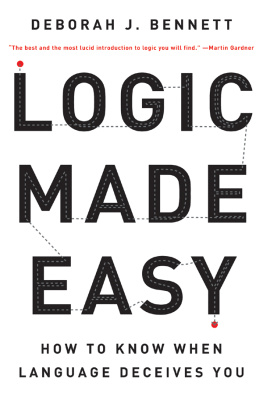

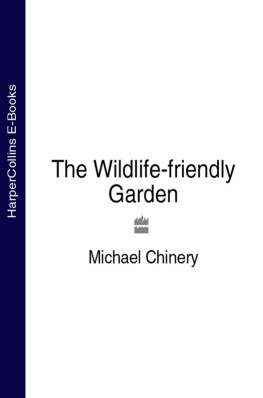
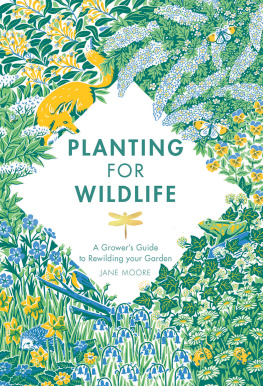
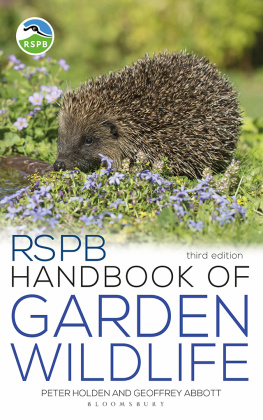
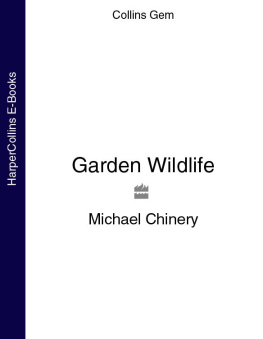
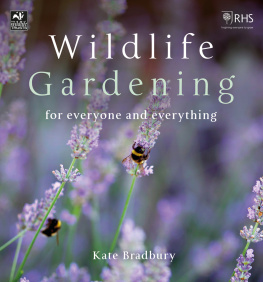
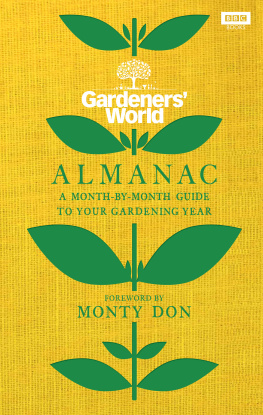

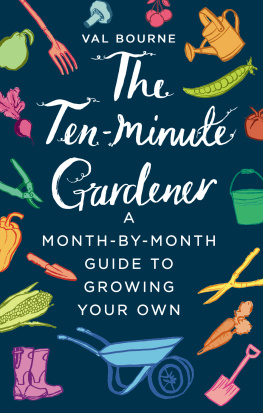
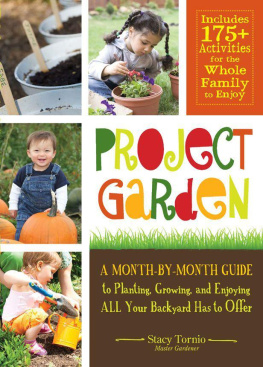
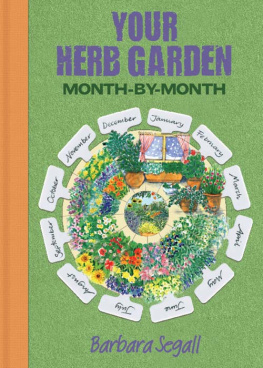
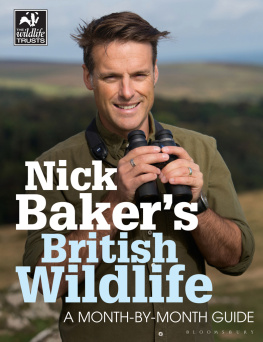




 In the context of garden history as a whole, wildlife gardening is a relative newcomer. Like many new ideas, it has taken some time to become accepted by the gardening establishment and for its practitioners not to be considered as dangerous alternatives. My first brush with the idea of inviting wildlife into the garden (rather than trying to keep it out) was in the early 1980s, when I was helping to plan the opening of a new theatre complex in the city of Stoke-on-Trent. The theatre grounds were being converted into an urban nature reserve with ponds, meadows and woodland, providing a much-needed resource for local schoolchildren and theatregoers.
In the context of garden history as a whole, wildlife gardening is a relative newcomer. Like many new ideas, it has taken some time to become accepted by the gardening establishment and for its practitioners not to be considered as dangerous alternatives. My first brush with the idea of inviting wildlife into the garden (rather than trying to keep it out) was in the early 1980s, when I was helping to plan the opening of a new theatre complex in the city of Stoke-on-Trent. The theatre grounds were being converted into an urban nature reserve with ponds, meadows and woodland, providing a much-needed resource for local schoolchildren and theatregoers.

